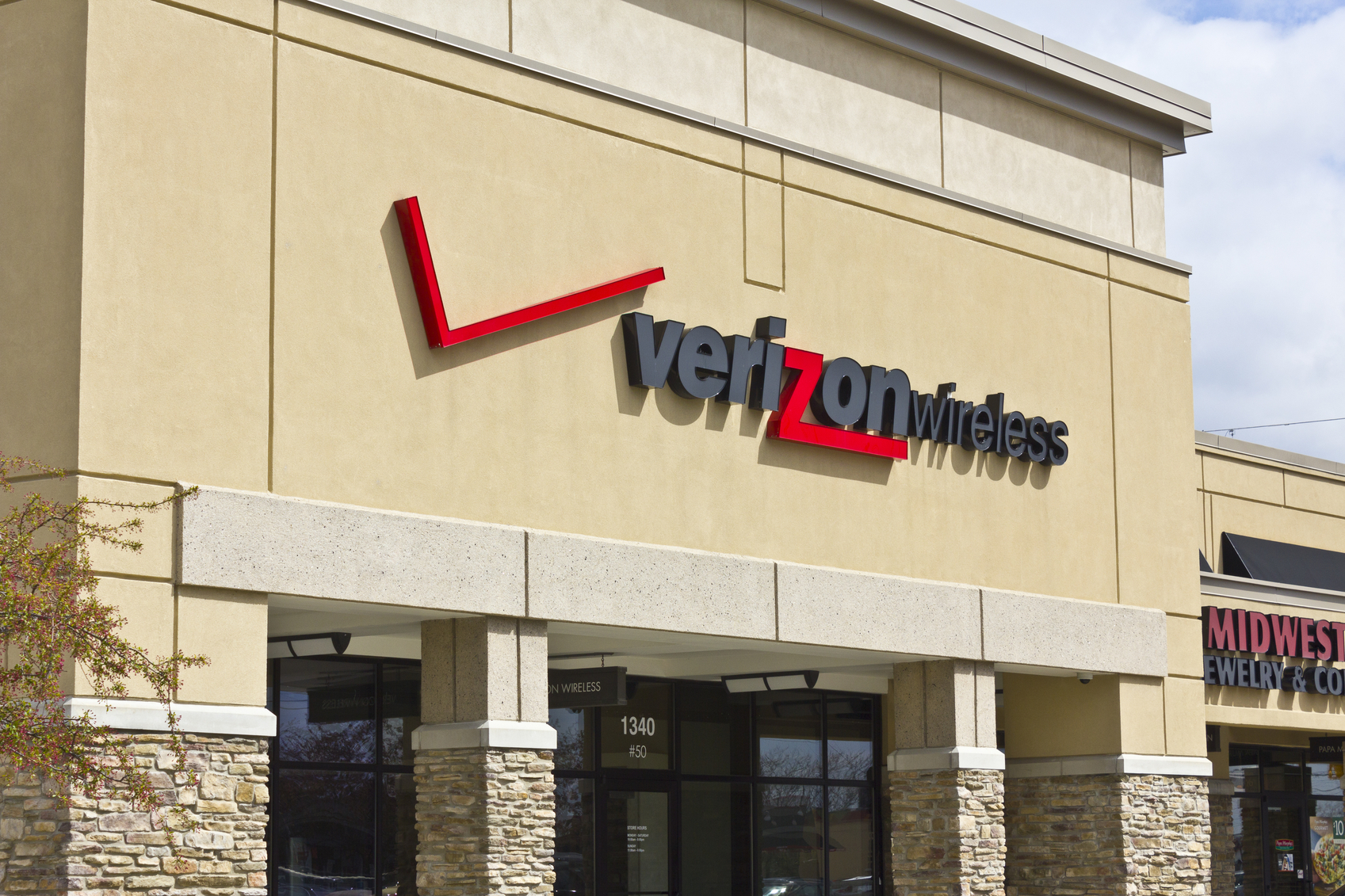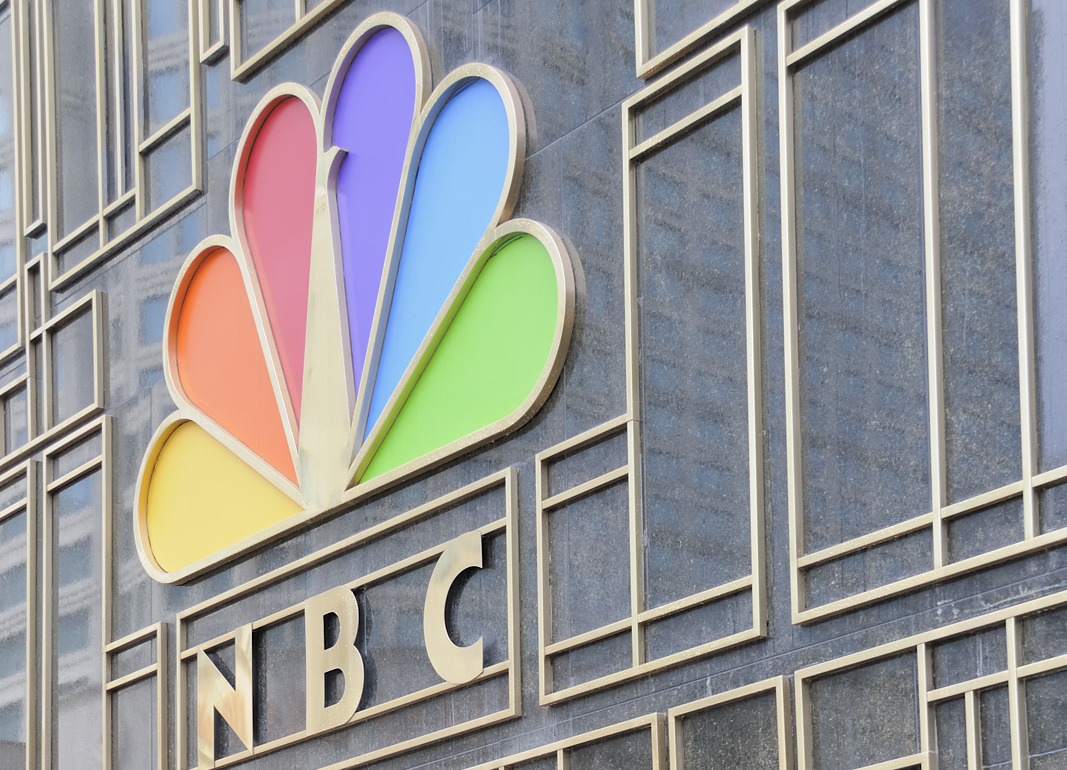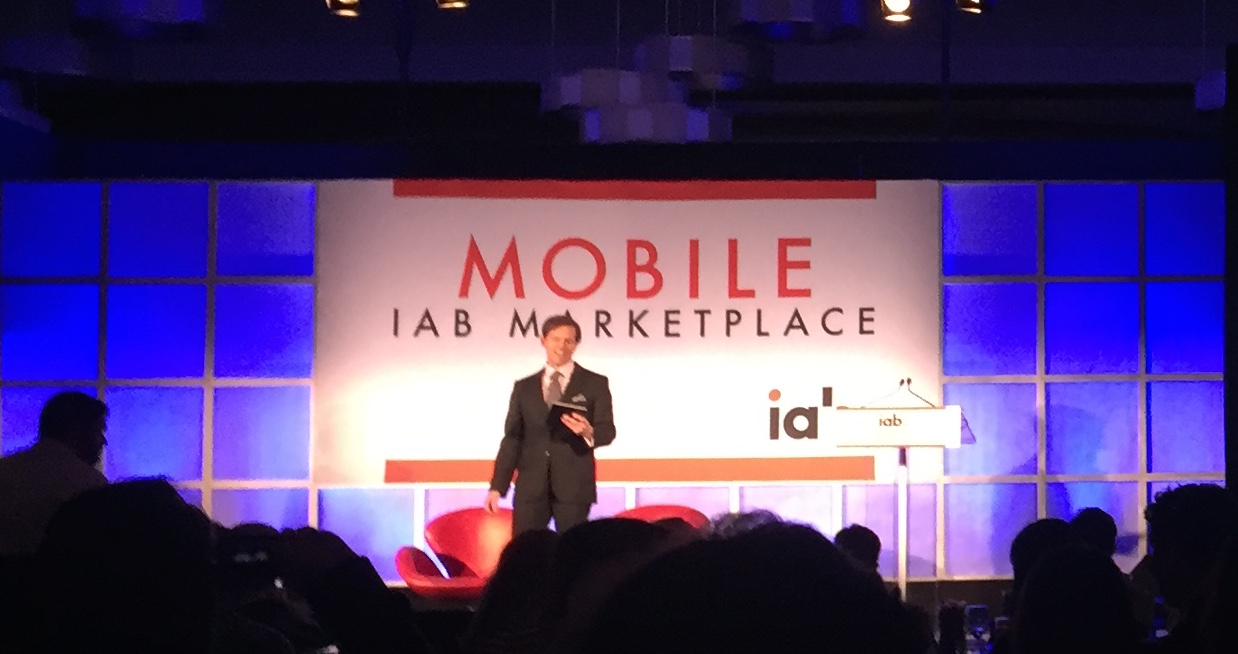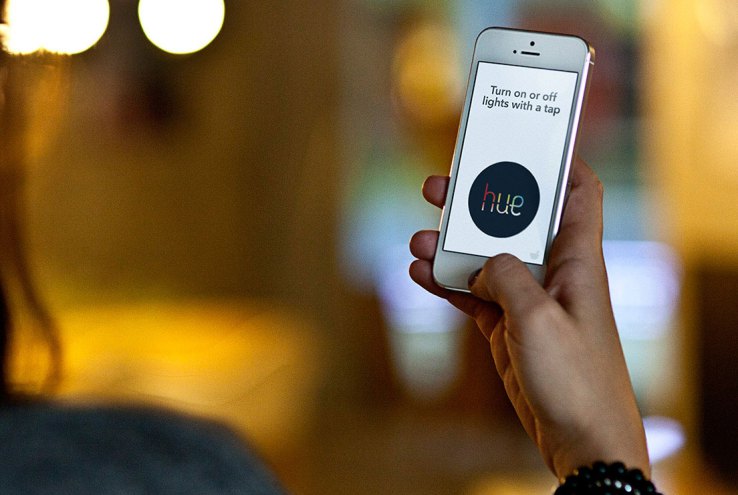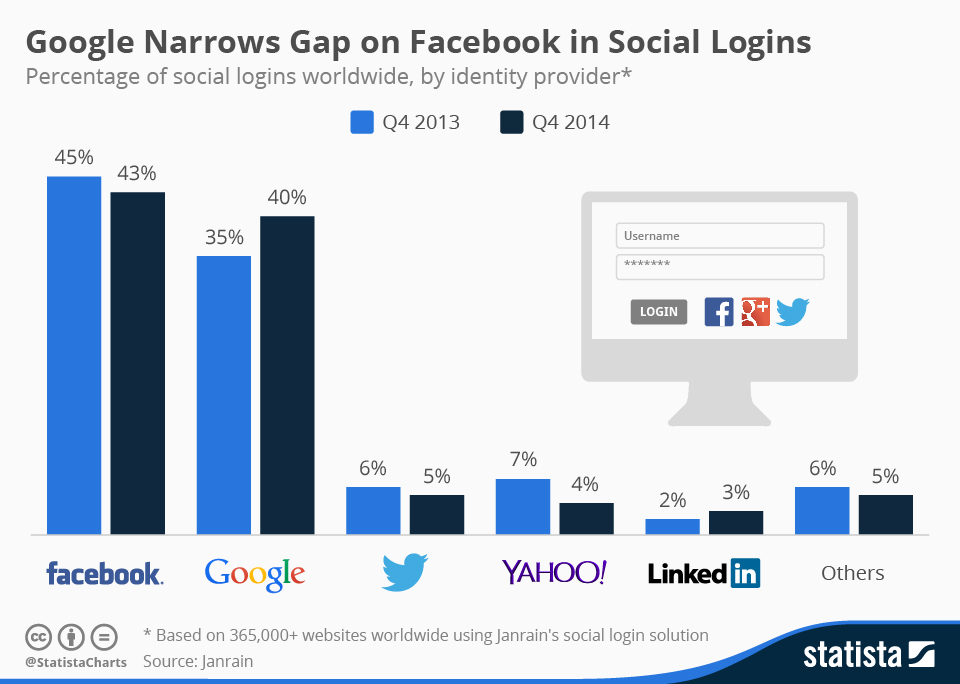On Monday, the Lab attended the Mobile Marketplace 2015 event organized by Interactive Advertising Bureau (IAB) to hear what industry leaders have to say about some of the biggest challenges in mobile marketing, including measurement, programmatic, and personalization:
Break Down Data Silos To Solve Cross-device Measurement
Cross-device measurement has been problematic, saddled with a reported 30% overstated reach and only 59% accuracy in demographic targeting, according to Mark Trefgarne from Facebook. As George Ivie pointed out during his session on common issues in mobile measurement, “There’s nobody accredited for mobile viewability”. As audience fragmentation will continue with increasing multi-device usage, cookie-based tracking is no longer reliable.
Instead, “mobile is the key to mapping devices back to a single user”, declared Gabriel Chen from M&C Saatchi Mobile, before recommending marketers and brands “break down the data silos” to better understand consumer behavior. Similarly, Trefgarne emphasized the importance of people-based marketing in his presentation: Facebook’s social login equips brands with targeting tools to measure user activities across multiple devices.
Bridge The Gap Between Online And Offline With Actionable Data
Besides difficulties in cross-device measurements, another key point of discussion at the event was how to use mobile-generated data to gain actionable insights into real-world user behaviors. It is estimated that, by 2020, consumers will own an average of 10 connected devices, whose omnipresent network of connectivity could essentially eliminate the concept of “being offline”, according to Mark Trefgarne from Facebook.
But we don’t have to wait for the future: Jeff Malmad from Mindshare pointed out that in our mobile-first age, location, sensors, and context are already providing brands with opportunities to connect with consumers. Similarly, Ravi Pahilajani from MEC also recommended marketers use a wide range of mobile-generated data—location, behavioral, or even devices’ meta data—to paint a holistic digital footprint that bridges the gap between online and offline behaviors.
Engage Mobile Users With New Media Tools
Mobile is driving growth in real-time bidding ad spending, noted Ravi Pahilajani, and as a result, brands can deliver targeted messages at the right moments and places, which has led to alternative forms of mobile engagement. Video ads, for example, can create rich consumer experience with interactive ad units.
Similarly, audio serves as a seamless way of engaging with audience. Karina Montgomery from Pandora encouraged brands think about their sonic brand images—a distinguishable aural identity that can help brands stand out to consumers suffering peak distraction.
Balance Digital and Humanity With A People-First Approach
The Lab’s Josh Shabtai explained how “we’re approaching a new era of intimate commuting” during his presentation of The Lab’s 2015 Outlook. People use their devices in such intimate ways that it has begun to have an actual emotional impact in the brain. Brands must find ways to be empathetic and truly understand the emotional context behind ad messaging.
Similarly, Y&R’s David Sable stressed that it is important to “build experiences for life, not experiences for machines”. There is such a reliance on algorithms to form bonds with consumers that story telling gets lost or forgotten. It’s not a question of digital vs. not digital, but rather, a question of what people genuinely want.
